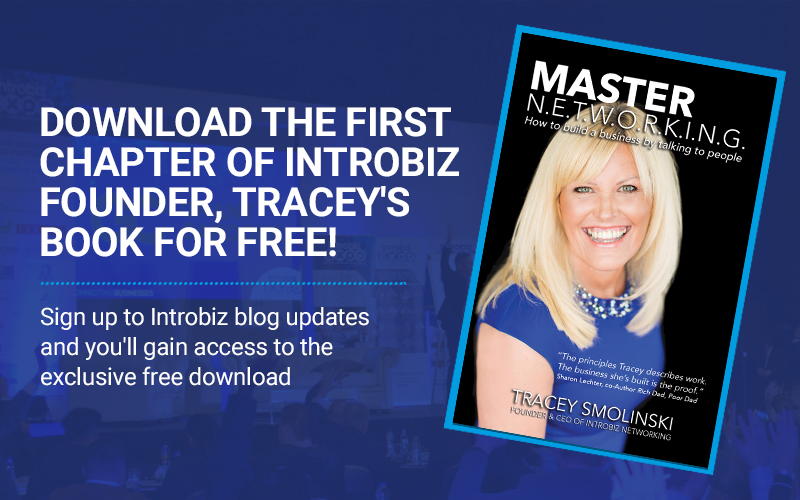
Many people are interested in growing their money but aren’t adequately informed about how to do it correctly. Some people want to invest their hard-earned money but are afraid of the different schemes on the news that make them do a double-take about putting their money in investment vehicles. Some don’t know how and where to turn for guidance when it comes to investing.
Taking the first step in investing is as easy as finding the right partner to do business with. First, people must find someone who’s well-versed in financial planning so they can guide investors towards the best possible opportunities. These experts will also discuss the risks and rewards of such investment products before helping the investor decide. Yes, investors will shell out a percentage of the profits, but it’s an acceptable trade-off for their experience and expertise.
Here are a few tips for beginning investors to build their portfolios.
Assess the risk tolerance
Before risking their hard-earned money, an investor must assess their risk tolerance. Investing always carries a degree of uncertainty, and there’s always a possibility that an investor can lose money in the market. Therefore, it’s always better to determine whether the investor has a conservative, moderate or aggressive risk profile so the broker can point them in the right direction. Failure to do so can lead to misguided risk-taking and investment.
Open an investment account
The next step in investing is to open an account with a reputable brokerage firm. These firms will assign brokers to help investors decide which vehicles they will invest in. Investors can put their money in mutual funds, index funds, stocks, bonds, and other products that will yield dividends after a specific period. Investors can continuously add to their account and direct their broker to invest it accordingly.
Talk about asset allocation
Speak to your broker about the percentage of the assets to be allocated in your portfolio. Consider your future earning needs and age when allocating investments as you build the portfolio. Remember the adage not to put all eggs in one basket. Try to build a diversified portfolio so it can withstand the various uncertainties of the market. That way, should one of your investments fail because of market forces, the hope is the other investments will prop your portfolio and negate any losses.
Track investment performance
Never think that once you have diversified the portfolio that everything’s done. It’s only beginning because a wise investor must always find time to track the market performance and their investment. They have to study the market and reallocate their assets depending on how they and their financial expert see things developing. Speculation is a huge part of investing, and it’s always wise to be ready to make a few calculated gambles once the circumstances are right.
Reassess portfolio
After six to twelve months, it may be time to reassess the portfolio to determine whether the investments are secure. It’ll also give the investors a chance to reassess their strategy and risk profile.
Endnotes
Everyone needs to start somewhere, which is true in the investment world. Beginning investors must be cautious at first before diversifying and strengthening their investments.








